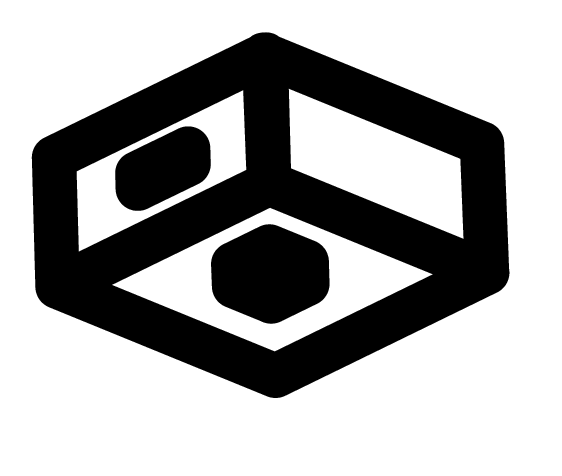The Role Of Connected Devices In Modern Healthcare
Every time you go to a doctor, they inevitably take your basic biometrics, and with good reason. A trained physician can learn a lot about your condition from simple parameters such as body temperature, pulse, blood pressure and blood oxygen level, along with other symptoms.
Unfortunately, even the best doctor cannot see what happens in between visits – that is, unless they use a wearable device powered by software that streams biometric information to the provider's IT systems.
In this article, I'll discuss the increasing importance of connected devices in modern healthcare and the essential role that software plays in making such devices an integral part of diagnosis and care.
Doing More With Less
In a telemedicine setting, doing "hands-on" biometrics is not an option, nor is leveraging more advanced diagnostic equipment. As such, from a diagnosis perspective, some may perceive telemedicine as inferior. But there is a silver lining: Providers can combine telemedicine with connected devices not only to collect biometrics during a televisit, but also to monitor biometric values over time and in a continuous fashion. The value of a continuous stream of biometric data could be very significant — and for many conditions, it could help provide a superior background for diagnosis or care. I believe remote monitoring of an individual’s long-term condition, with multiple data points, is a novel and meaningful opportunity to improve outcomes and doctors' standard of care.
As an example, the Rotherham NHS Foundation Trust developed an integrated telemedicine program in 2015 and gave patients with heart failure monitoring devices. Patients recorded data like their weight and blood pressure every day. The data was transmitted to the care coordination center, and the results could be automatically escalated to a specialist nurse if necessary. One of the Trust's heart failure specialist nurses reported that fewer patients had to go to the hospital due to fluid retention during the project.
Types Of Solutions
Importantly, the capabilities of connected devices are not limited to biometrics and simple diagnostics. While noninvasive wearables would normally be used to measure general biometric parameters fundamental to almost any disease, there is a whole range of specialized but more invasive — or even ingestible — solutions in the works that could improve treatment and control over long-term physical health conditions. I've seen the most advanced and standardized set of solutions designed for diabetes. Solutions for patients with diabetes include connected devices and biometrics technologies, especially solutions designed for continuous glucose monitoring. I believe that even patients with the most acute diseases, such as those with various types of cancer, could benefit from using connected device technology.
In a hybrid care model, a particularly important use case for continuous biometric monitoring could be a transition event that involves intrinsic risk. For example, when you are discharged from the hospital — or even going home from an invasive outpatient procedure — there is typically some small risk that adverse side effects could occur. By equipping a patient with a biometric device and connecting it to a provider-side dashboard monitored by clinical staff, it may be safe and preferable to monitor recovery in a home setting rather than admitting the patient to an overnight facility. An example of this is when Memorial Sloan Kettering began giving cancer patients with Covid-19 pulse oximeters, as well as access to a technology interface to fill out daily health surveys. This allowed Memorial Sloan Kettering to monitor patients' symptoms and alert the care team to symptoms that required an immediate response.
No matter the specific use case, for continuous monitoring, healthcare providers need to find a way to send telemetry data to their provider-side dashboards in a way that is accessible by clinical staff. And that’s where connected device technology can help.
The Role Of Software
Let’s discuss the essential role that software plays in connecting a biometric device to both the patient and the provider-side IT systems and dashboards. Make sure you consider the following components when you're creating a solution to ensure it's effective:
• Logistics: Sending a biometric device to an at-home setting and recording who it is sent to.
• Setup: Setting up the biometric device to get data from the patient.
• Registration: Registering the physical device to the patient and to a data transmission channel.
• Integration: Setting up the internet-based telemetry connection that feeds data to the provider's systems.
• Data verification: Making sure that you get the right data from the right person and that it's the right quality.
• Filtering: Selecting what transmitted data is of importance and deciding where to show it.
• Rendering: Showing selected data on a provider-side dashboard that's accessible by clinical staff.
• Interpreting: Analyzing data for deeper insight across a larger set of data points.
While I don't yet know of any turn-key solutions for continuous biometric monitoring, toolkits do exist that allow you to connect a biometric device to a smartphone and register it to a person. You can buy some of the pieces, but in most cases, you still need an experienced team of engineers to advise on which devices will actually work, how to connect them, how to move the patient data to your systems and integrate it into your electronic medical records (EMRs), and so on. Bottom line: You likely need custom development (either in-house or outsourced) in order to leverage connected devices as an integral part of your care model.
Conclusion
In the future, we will probably see truly personalized medicine thanks to what biometrics and other patient data allow us to deduce about an individual. When this data is combined with a new set of diagnostic rules and powerful AI that's based on continuous monitoring data, we could (finally) develop effective tools for preventive action and advanced treatment — at scale and from a distance.

 Attendees
Attendees
 Sponsors and
Exhibitors
Sponsors and
Exhibitors
 AI Training
for Doctors Workshops
AI Training
for Doctors Workshops
 Contact us
Contact us